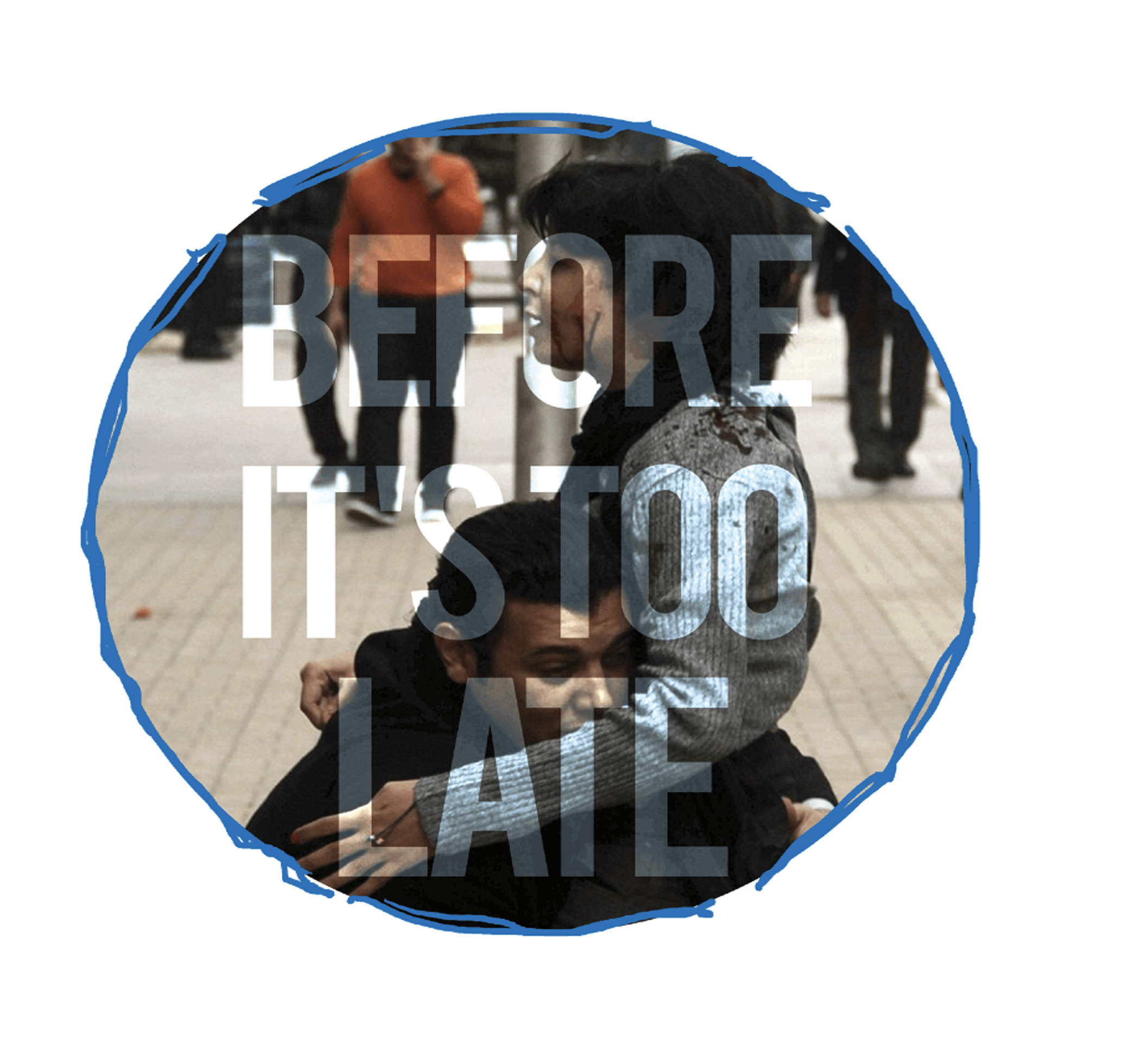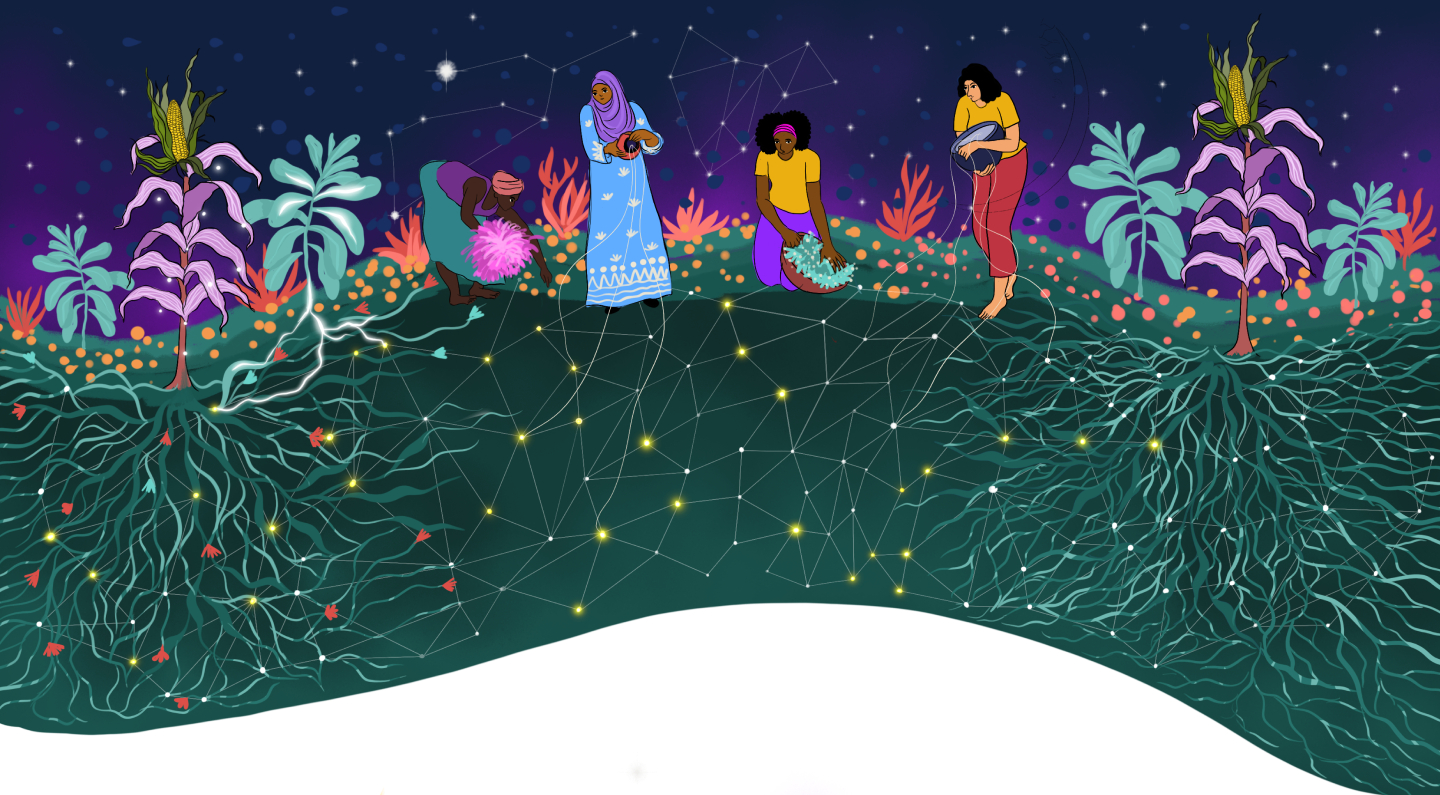A Preliminary Inquiry: Tangible Protection Mechanisms for Women Human Rights Defenders in the MENA Region and Beyond

The Middle East and North Africa (MENA) and beyond is rife with political instability, a legacy of conflicts, and human rights violations. In 2016, it continues to suffer one of the worst humanitarian and human rights crises since the World War II. The recent events of the so-called “Arab Spring” opened a window of hope for the human rights activists, groups, and organizations for an opportunity to enact widespread systemic change.
However, current geopolitical wars, policies and violent government regimes have increased the volatility in the MENA region and beyond: human rights violations are committed and permitted under tactics of ‘counter terrorism’ and ‘national security’. During peaceful public protests and uprisings in the region, women have taken leading roles in defending the human rights of their own and wider communities. The centrality that Women Human Rights Defenders (WHRDs) have played in each of these movements and protests cannot be understated. Their methods of activism have taken a variety of forms: research, direct action and activism, roles in public communication, direct assistance etc. that have all played crucial roles in holding governing bodies accountable as well as in demanding change.
As WHRDs in the MENA region and beyond bravely face and challenge many societal norms by their very manifestation as women who simultaneously defend human rights, they are frequently subject to threats such as judicial and online harassment, arrests, detention, abduction, kidnappings, torture, enforced disappearances and even killings. Women face particular challenges compared to their counterpart male activists; threats that take extreme forms of defamation, stigmatisation, social pressure, gender and sexual-based violence as well as marginalization and discrimination.
In the last couple of years, the crackdown on WHRDs in the MENA region and worldwide reached a peak and exposed an urgent need to: 1) reassess the current international protection mechanisms, 2) identify the gaps in impact and protections, 3) work on preventative measures to ensure the sustainability of protection, 4) shift from a post-violation to pre-violation methodology of actions on violations against WHRDs, and 5) enable a defensible environment for WHRDs to carry out their legitimate activities in defending their rights and the human rights of all. The work of the Gulf Centre for Human Rights (GCHR) and other NGOs have documented and reported violations against WHRDs in various countries under their mandate. Protection has been demanded for WHRDs largely in reaction to a particular violation or event, on an individual case-by-case basis. This report investigates current trends and threats facing WHRDs in the MENA region and beyond by drawing on individual accounts of WHRDs, reflecting on their experiences, their daily struggle in defending human rights, and by focusing on the adaptability and mitigation measures often taken by these women to protect themselves within restrictive spaces and hazardous domains. Based on these accounts, the researchers of this report attempt to find alternatives to reactionary measures, by suggesting new tools and mechanisms to help WHRDs be protected, secure, safe and enabled.

